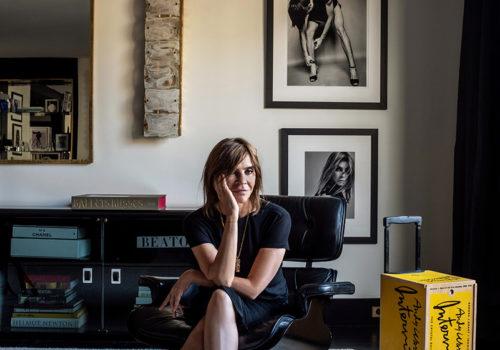On the occasion of the Lithuanian Season, the Jeu de Paume unveils two recent series by photographer Gerda Paliušytė in an exhibition organised with the Contemporary Art Centre of Vilnius and curated by Asta Vaičiulytė. Running until November 10.
For her first exhibition in France, Gerda Paliušytė (born in 1987) brings two series into dialogue: Guys and Blue Flowers. Started a year apart, they were envisioned by the Lithuanian artist to be presented together as one single work. Both are an exploration and a challenge to well-known genres in the history of photography—nudes and flower photography—which have long been associated with a gendered view of society.
Guys shows fragmented male nude bodies, abstracted to the point of anonymity. A round back or fragments of hands: blended into their surroundings, these bodies lose their identity and gender, becoming simply human beings. Gerda Paliušytė leaves the relationship between the photographer and her subject open, favoring an intimate presence over a voyeuristic gaze.
The nudes in Guys are countered by close-up photographs of blue-tinted flowers in Blue Flowers. These macro-portraits of flowers, which she views as “industrial objects,” evoke erotic bodies marked by time. While it plays with blurred outlines or features, it’s to express a rejection of the perfection often associated with flowers—and by extension, women—in photographic tradition.
In this exhibition, the Lithuanian photographer seeks to explore the notion of personal and intimate space, “highlighting the space we allow one another, and also the possibility of coexistence even when they do not meet our personal or collective expectations.” A video installation presented in a room with inaccessible openings embodies the physical boundaries of “the limits of closeness explored in these photographic series.”
The minimalist scenography of the Jeu de Paume Tours space accentuates the sensitivity of Gerda Paliušytė. This ethereal and elegant dialogue transcends the beauty of photographic mistakes and the poetic potential of this mechanical technique, while also highlighting the photographer’s very personal take on photographic genres historically tied to gender politics. Her perspective encourages us to soften our own view of the world and of these issues.
More informations :























